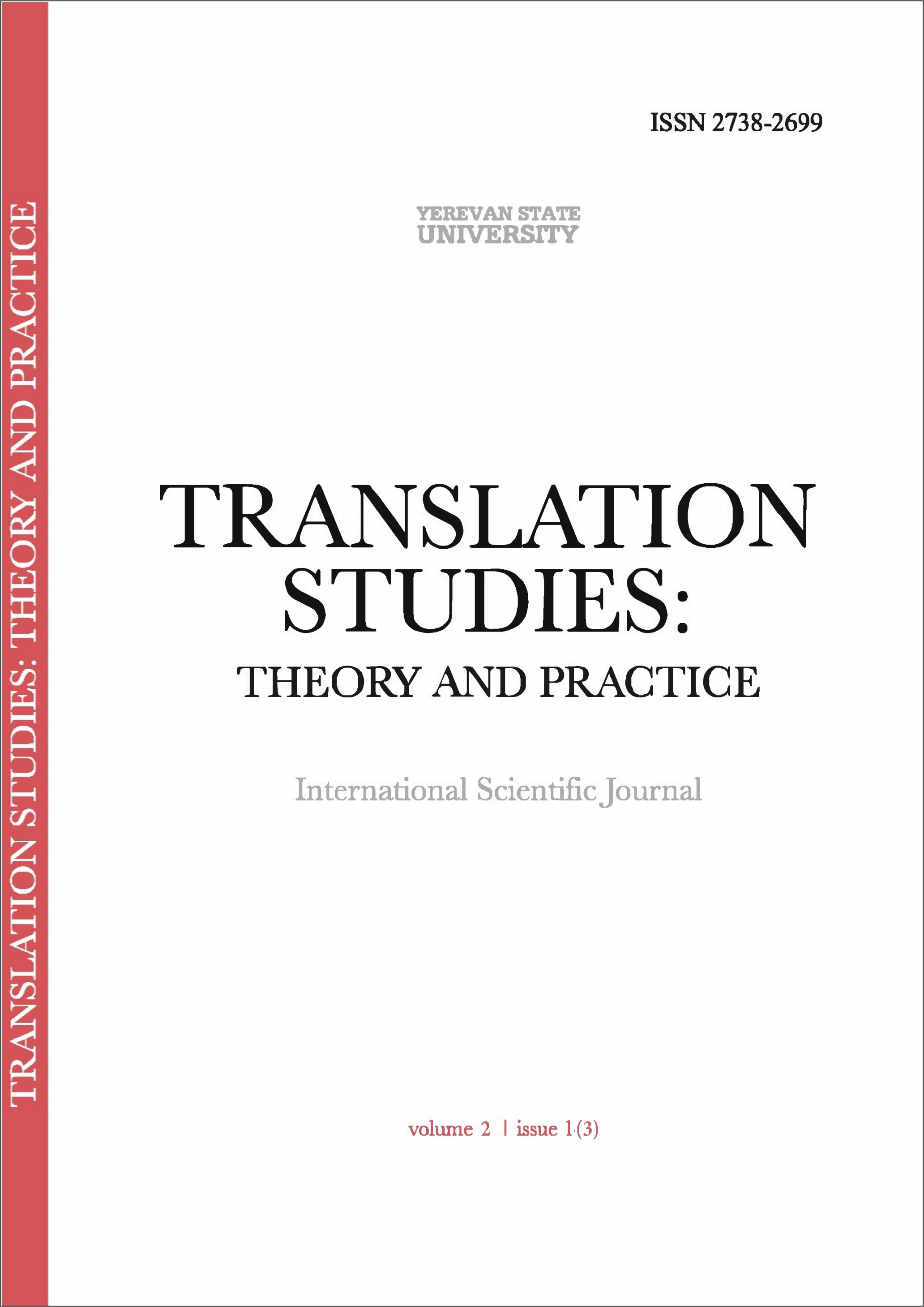Grammatical Features of Translating Bilateral International Treaties
DOI:
https://doi.org/10.46991/TSTP/2022.2.1.005Keywords:
translation, legal text, international treaty, transformation, grammatical feature, equivalenceAbstract
The article focuses on the study of some grammatical and structural aspects of international treaties discussing the problems of their equivalent conveyance from English into Armenian. In particular, the article is aimed at studying the use of certain syntactic structures, passive constructions, modal verbs and other grammatical features of international treaties which frequently undergo transformations in the process of translation due to substantial differences between the English and Armenian language systems. To this end, the following methods have been applied: comparative and contrastive methods to study similarities and differences in the scope of the discussed linguistic phenomena, the method of deductive research for studying various types of transformations and testing them from practical perspective, and the method of logical syllogism to work out conclusions to finalize the research. The significance of this study consists in the fact that there is a lack of research on the translation of this type of legal documents in Armenia, and the article will contribute to raising the awareness of Armenian researchers about the problems of translating international treaties. The corpus used in this paper comprises the official translation of authentic bilateral international treaties concluded between the Republic of Armenia and a number of other states and published in the RA Official Bulletins of International Treaties of 2007 and 2009.
Downloads
Published
How to Cite
Issue
Section
License
Copyright (c) 2022 Markuhi Voskanyan, Anna Khachatryan

This work is licensed under a Creative Commons Attribution-NonCommercial 4.0 International License.










